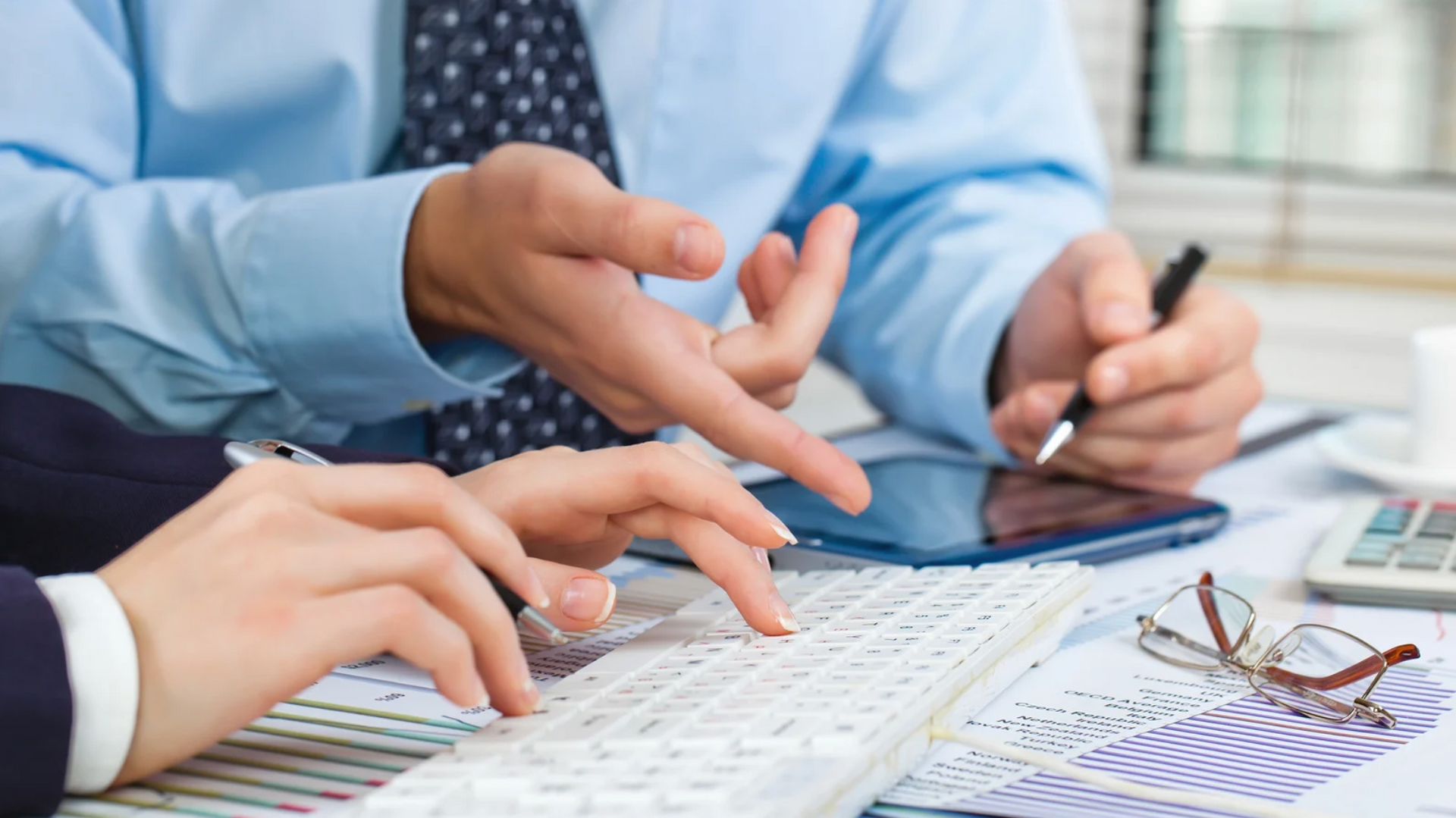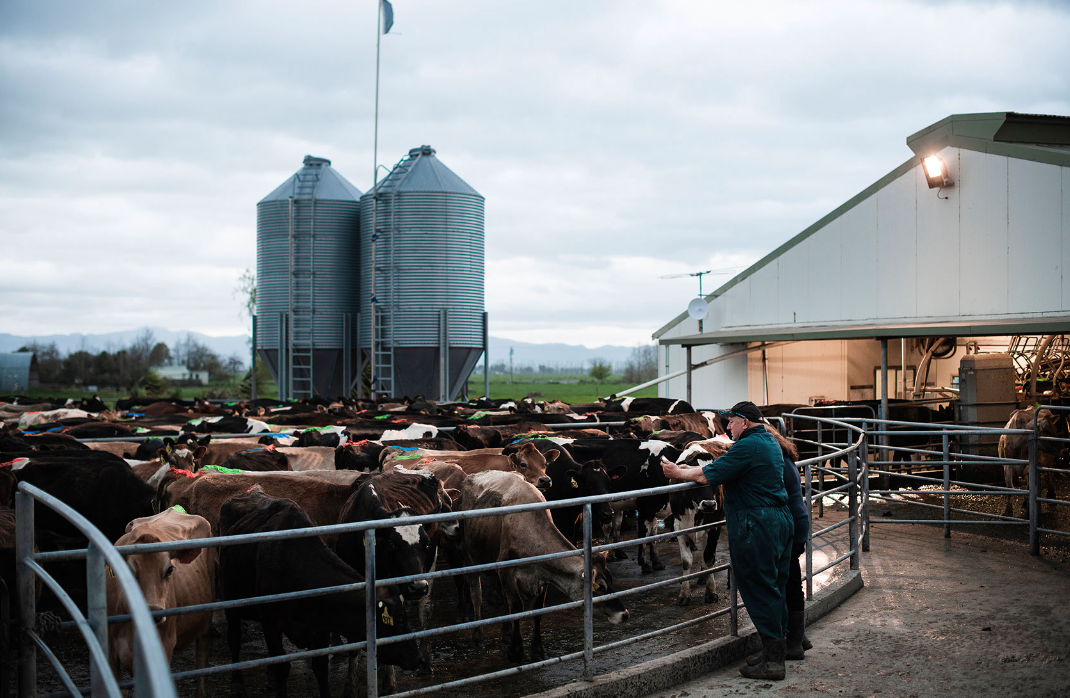As the end of the financial year comes to a close for many farmers, it’s crucial for farm owners and managers to prepare for the new financial year. This period can be particularly busy, with activities like drying off cows, shipping animals to grazing, and handling maintenance tasks. Proper preparation can simplify the year-end process and set your farm up for success in the coming year. Here are some key steps to ensure a smooth transition between one year and the next.
1. Budget for next season
Creating a budget for the upcoming season is vital. A well-planned budget helps solidify your plans and provides an opportunity to correct any accounting errors before your accountant reviews your financials. A detailed budget will also help you manage cash flow and set financial targets for the new financial year.
2. Get your financial documents organised
Ensure all necessary documents are organised and accessible. Most documents should be attached to your accounting software, but double-check that the following are included (as appropriate):
- Loan or hire purchase documentation
- Dividend statements from companies like Fonterra, Ballance, Silver Fern Farms, LIC etc
- Bank and loan statements showing the balance at year-end.
These documents are crucial for an accurate financial assessment and for your accountant to process your year-end financials efficiently.
3. Stock reconciliation
Accurate stock reconciliation is essential. Tally your stock on hand at the end of the financial year and report any discrepancies, such as animals that have died or gone missing. This helps ensure that your stock records are accurate and reflect the true state of your assets.
4. Asset review
Review the assets listed in your accounts from the previous year. Identify any assets that have been written off, stolen, or are broken beyond repair. This review will help you update your asset register and provide an accurate valuation of your farm’s assets.
5. Review unpaid bills and invoices
Examine any unpaid bills and invoices to determine if they will be paid. This step is important for accurate financial reporting and managing your farm’s cash flow. Addressing unpaid bills early can prevent financial discrepancies and improve your farm’s financial health.
6. Set goals and plan for success
Goal setting is an integral part of financial planning. Take the time to set clear and achievable goals for the new financial year. This can include production targets, financial milestones, or operational improvements. Effective goal setting will guide your decision-making and help you track progress throughout the year.
By following these steps, you can ensure that your farm will be well-prepared for the new financial year. Proper planning and organisation will not only make the year-end process smoother but also position your farm for success in the coming year.
We’re here to help
Our expert and local team can help in a variety of ways with your property investment portfolio. We can give you personalised advice on your tax obligations, strategic tax planning and financial forecasting for investments. When there’s a lot of change happening – it pays to be sure.













